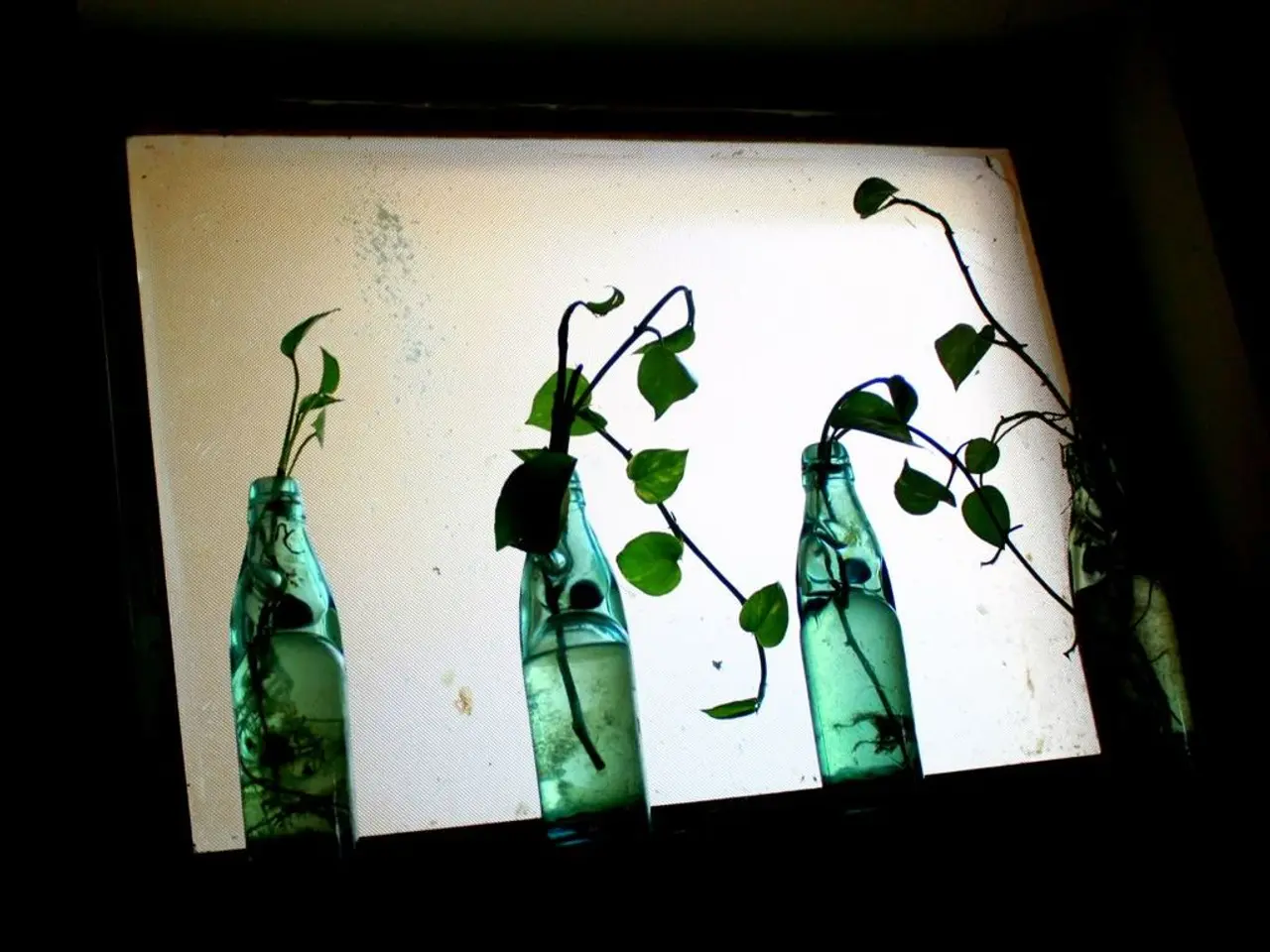Carnuba Wax Explanation:
In the heart of northeastern Brazil, the Copernicia prunifera palm tree, also known as the carnauba palm, yields a unique and versatile product: carnauba wax. This natural treasure, often dubbed the "Queen of Waxes," has captured the attention of crafters, industrialists, and environmentalists alike due to its remarkable properties and potential for sustainability.
Carnauba wax has long been valued for its hardness and glossy finish, making it a staple in various industries. From handmade candles and artistic creations to furniture polishes and leather conditioners, carnauba wax is a trusted ingredient that ensures longevity and aesthetic appeal. In the textile industry, it is used to create water-resistant and durable fabrics for clothing and outdoor gear, while in the automotive industry, it offers a protective layer that enhances shine and shields vehicles from environmental factors.
However, the environmental and sustainability concerns associated with the production and use of carnauba wax revolve around its sourcing, renewability, and ecological impact. Because carnauba wax is plant-derived, it is considered a renewable resource, especially when harvested sustainably. Nevertheless, overharvesting or unsustainable agricultural practices could threaten local ecosystems and biodiversity.
The extraction process, while generally less environmentally damaging compared to synthetic wax production, can still have an ecological footprint if not managed responsibly. Concerns include deforestation, habitat disruption, or soil degradation. However, the industry is increasingly focusing on sustainability by improving harvest practices, reducing environmental impact, and promoting circularity (reusing materials or byproducts).
Carnauba wax is minimally toxic and safe for human contact and ingestion, making it environmentally preferable to many synthetic waxes. It is also biodegradable, which reduces long-term environmental persistence and pollution. These attributes highlight carnauba wax's potential for a sustainable future, preserving its legacy for future generations.
Companies are actively seeking ways to ensure the sustainable sourcing of carnauba wax, aiming to secure its long-term availability and preserve delicate ecosystems. Efforts are being made to promote responsible harvesting practices and support local communities dependent on carnauba palm trees. In the beauty and cosmetic industry, carnauba wax is used to contribute to the glossy finish and texture of lipsticks, lip balms, mascaras, and foundations.
In the pharmaceutical industry, carnauba wax is utilized as a key ingredient in coating pills and tablets, facilitating easy swallowing and controlled release of medications. It is also used in the food industry as a glazing agent for candies, chocolates, and fresh produce, giving them a polished appearance and enhancing shelf life.
Despite its environmental benefits, carnauba wax's high cost compared to synthetic waxes can limit its usage in certain applications. Nevertheless, the versatility and sustainability of carnauba wax underscore its potential for a sustainable future. Efforts to ensure responsible sourcing and production are critical to maintain its environmental benefits and position carnauba wax as a greener alternative to synthetic waxes.
The history of carnauba wax is deeply rooted in Brazilian culture, where indigenous communities have long revered the palm for its versatile wax. It wasn't until the 18th century that carnauba wax gained global recognition for its remarkable properties, marking a significant turning point in its history. Today, the future of carnauba wax lies in balancing its economic, environmental, and cultural value, ensuring a sustainable future for this natural treasure.
In the realm of news and lifestyle, the sustainability of carnauba wax, a renewable resource derived from the Copernicia prunifera, has garnered attention due to its versatile applications in various industries, such as home-and-garden, textiles, and food. While concerns around its sourcing and effects on local ecosystems persist, efforts are being made to promote responsible harvesting practices and secure its long-term availability for future generations.




